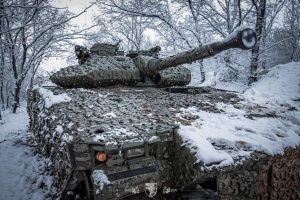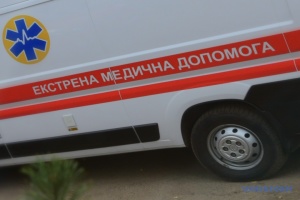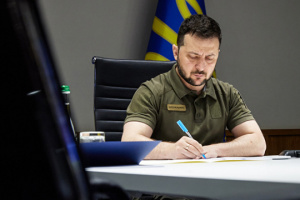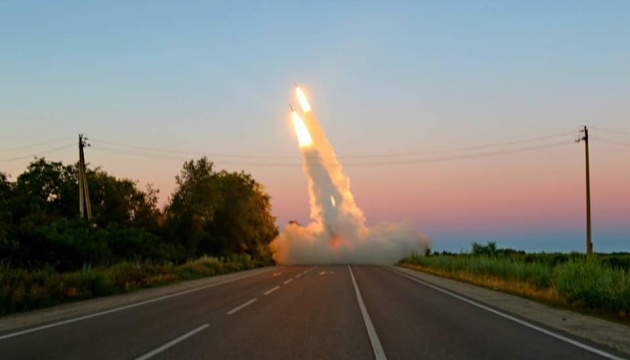
Defeating the Russian way of war in Ukraine
Historically, the Russian army has been built around artillery; the Russian Way of War centered on opening holes in enemy formations with concentrated artillery fire, with armor and infantry then taking ground that had been cleared of enemy by indirect fire. (The American way of war is the opposite, focused on maneuver in order to destroy by fire rather than fire in order to maneuver.) Many of Russia’s challenges during the initial invasion of Ukraine in February of 2022 can be attributed to weaknesses in Russian maneuver forces, including being roadbound and unable to travel cross-country, making them easy targets for Ukrainian fires, as seen in this photograph from Maxar Technologies.
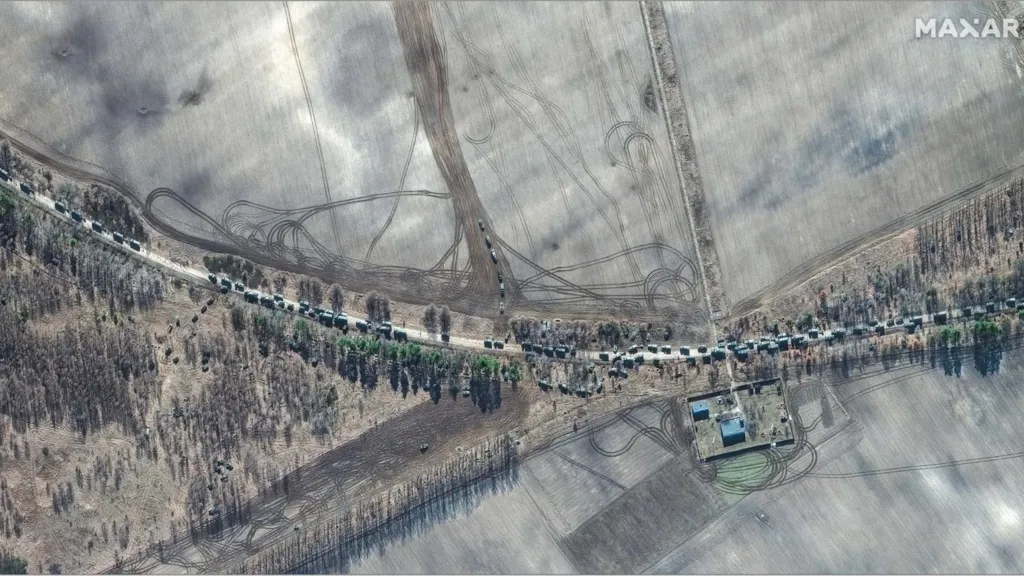
After the failure of Russia’s initial invasion and a spectacular Ukrainian counterattack through the remainder of the 2002 fighting season that reportedly had the Kremlin so worried that it contemplated the release of tactical nuclear weapons, the war settled down into trench warfare that resembled nothing so much as the western front of the First World War. The Russian army initially had substantial advantages in both number of artillery pieces and quantity of artillery ammunition available during the static warfare that marked the second year of the war in 2023. Russian artillery had a 16:1 artillery fire superiority in the initial invasion and that fire superiority eroded throughout the war due to losses in artillery pieces, losses in supply depots, supply chain issues, and losses in trained artillery professionals. Russia now enjoys a 3:1 fire superiority and that continues to decline.
You can see it in the charts.
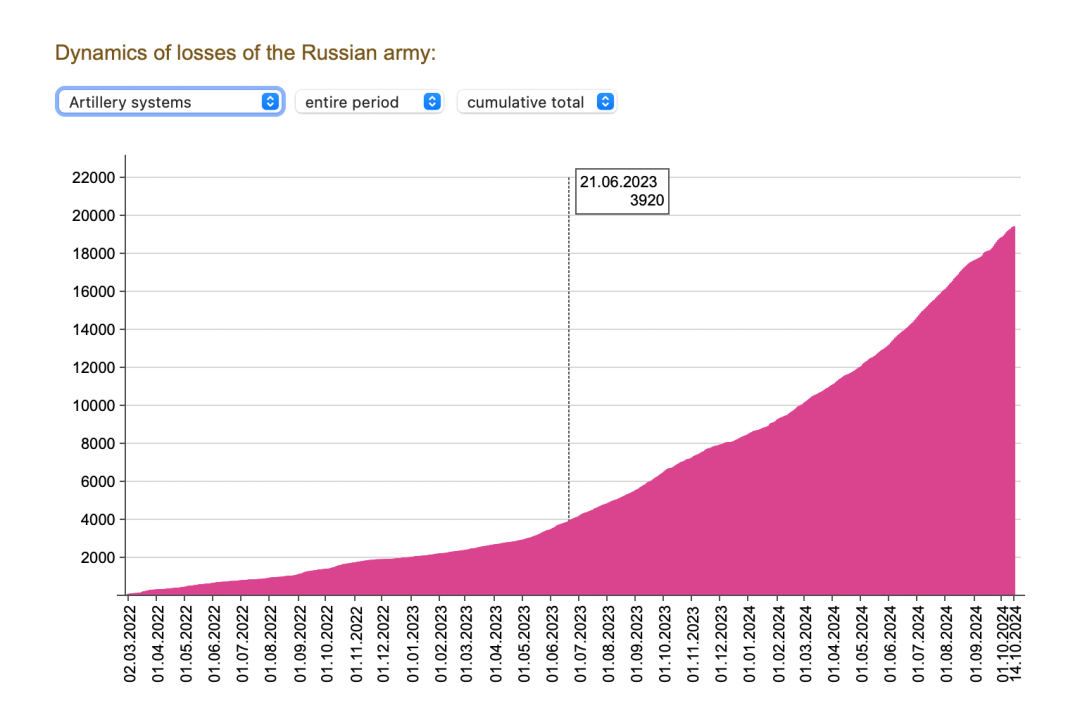
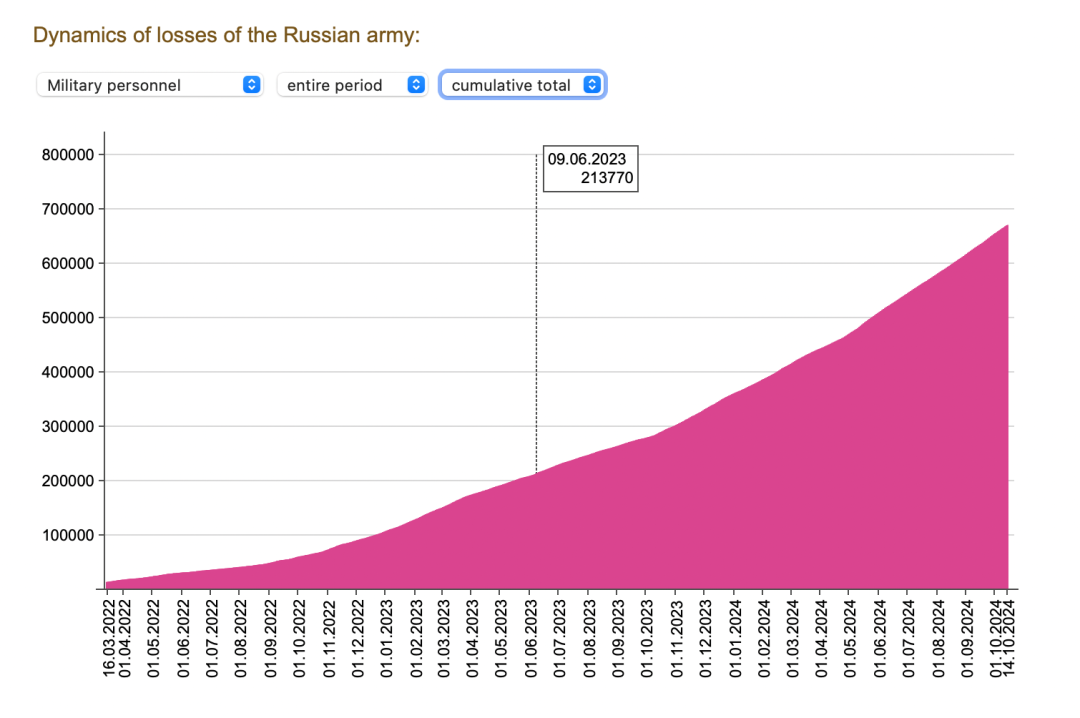
The course of the war changed dramatically when American President Joseph Biden approved the use of 155mm dual purpose improved conventional munitions (DPICM) to the Ukrainian military on July 7, 2023—the halfway point in this war to date. Prior to the release of those more successful munitions, during the first 16 months of the war Ukraine had destroyed 4000 Russian artillery pieces (with a small number Turkish DPICM provided starting in fall 2022 through July 2023 which increased Russian losses). After the release of cluster munitions to Ukraine, during the second half of the war, Ukraine destroyed 15,000 Russian artillery pieces, with the monthly total peaking in August 2024 at over 1,500 pieces. At the same point in time, July 2023, Russia had lost 225,000 soldiers killed or wounded. In the second half of the war (July 2023-October 2024) Russia lost 450,000 casualties- twice as many.
The second half of this war has seen Russia lose three times the number of artillery pieces and suffered two times the number of troops casualties. Privately, U.S. military professionals believe that over 50% of all Russian casualties in this war are due to cluster munitions. That is at least 350,000 casualties. HIMARS cluster rockets and missiles were approved October 2023 and F-16 cluster bombs JSOW were approved September 2024. The Ukraine Armed Forces now have the full family of cluster artillery and air-dropped weapons.
With around 20,000 Russian artillery pieces destroyed since the beginning of the war, and with the Russian artillery pieces now dispersed and firing individually, Ukrainian counterbattery fire has changed the Russian way of warfare. The extraordinary rate of destruction meant that Russia had to cobble together artillery pieces from its reserve stocks, including bringing back to the Ukrainian battlefield artillery pieces that had been used in the Second World War.
They have had to replace not just the cannons but also the cannoneers, and although Russian leadership is unconcerned with attrition, the Ukrainian fires have wiped out all their professional artillerymen. The success of Ukrainian counterbattery fires also forced the Russians to change their tactics. Instead of setting up their cannons side by side, with the battery laid together and fired together, instead they had to spread out and fire individually.
Unfortunately for the Russians, their artillery soldiers and tactics are not as well trained as American or NATO forces, which can fire their cannons individually and then quickly “shoot and scoot” to avoid incoming fire in response. Russian cannons don’t have the range and aren’t as accurate as western guns, so the change in tactics has decreased their battlefield effectiveness.
Recently, Ukraine has also been targeting Russian supply and transportation hubs deep inside Russia with long-range drone strikes. The transportation hubs store and prepare for movement both fuel and heavy, dangerous artillery shells; a recent strike reportedly destroyed as many as 750,000 North Korean-supplied artillery shells, some three months of Russian expenditure at current firing rates. The destruction of these shells has already decreased the amount of artillery fire Ukrainian troops on the front line are receiving.
Unable to mass forces due to the effectiveness of Ukrainian fires, the Russians have been forced to change their tactics to employ small infantry squads that Russian throws at the front lines in mass meat grinding assaults. These tactics have cost the Russians tens of thousands of Russian casualties for small gains, and Russia is now losing more casualties each month than it can replace, exchanging 40,000 Russian casualties for a few useless square kilometers of destroyed Ukrainian territory.
No Russian battalion in temporarily occupied Ukraine is out of range or safe. Artillery kills or wounds 80% of the casualties on both sides. Ukrainian forces, equipped with cluster munitions from 155mm howitzers, HIMARS launchers and now F-16s, are winning the artillery duel. With continued American and NATO support, they will win the war.
John Nagl is Professor of Warfighting Studies at the U.S. Army War College.
Dan Rice. President of the American University Kyiv.
Both are combat veterans and members of the West Point Class of 1988. This article reflects their views and not those of Ukrinform, the United States Army War College, or the United States Army.

